Full Name Alice Guy Role Director Name Alice Guy-Blache | Years active 1894–1922 Nationality French Died March 24, 1968, Wayne | |
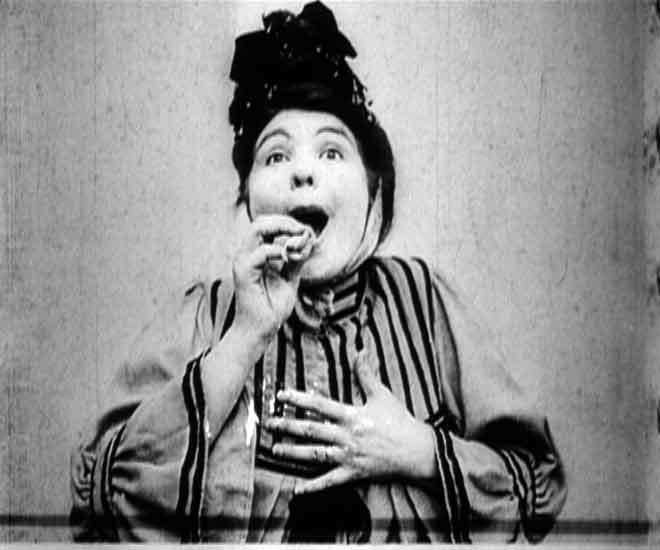 | ||
Born 1 July 1873 ( 1873-07-01 ) Saint-Mande near Paris, France Occupation Filmmaker, director, screenwriter, producer, actress Spouse Herbert Blache (m. 1907–1922) Children Simone Blache, Reginald Blache Books The memoirs of Alice Guy Blache Movies La Fee aux Choux, Falling Leaves, The Consequences of Femini, Algie the Miner, The Ocean Waif Similar People Herbert Blache, Louis Feuillade, Lois Weber, Armand Dranem, Felix Mayol | ||
The lost garden the life and cinema of alice guy blach 1995
Alice Guy-Blaché (July 1, 1873 – March 24, 1968) was the first female pioneer in early French cinema. She is revered as the first female director and writer of narrative fiction films, and is seen as a great visionary who experimented with Gaumont's Chronophone sound syncing system, color tinting, interracial casting, and special effects.
Contents
- The lost garden the life and cinema of alice guy blach 1995
- Re writing film history first female director Alice Guy Blach
- Early life and education
- Gaumont France
- Solax
- Post Solax
- Personal life
- Death
- Memoir
- Legacy
- Awards
- Posthumous tributes
- References

Re-writing film history: first female director, Alice Guy Blaché
Early life and education
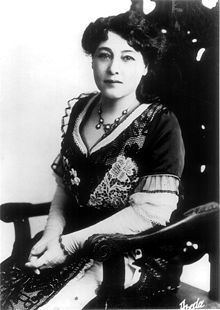
In 1863, Alice's father, Emile Guy – an owner of a bookstore chain and publishing company in Chile – married Marie Clotilde Franceline Aubert, shortly after they were introduced through mutual family friends. The couple returned to Santiago, Chile, soon after the wedding. In early 1873, Marie and Emile lived in Santiago, along with Alice's other Chile-born siblings and her father. However, they traveled the seven weeks by boat to Saint–Mande for the birth of their fifth child, Alice Ida Antoinette Guy, on July 1, 1873.
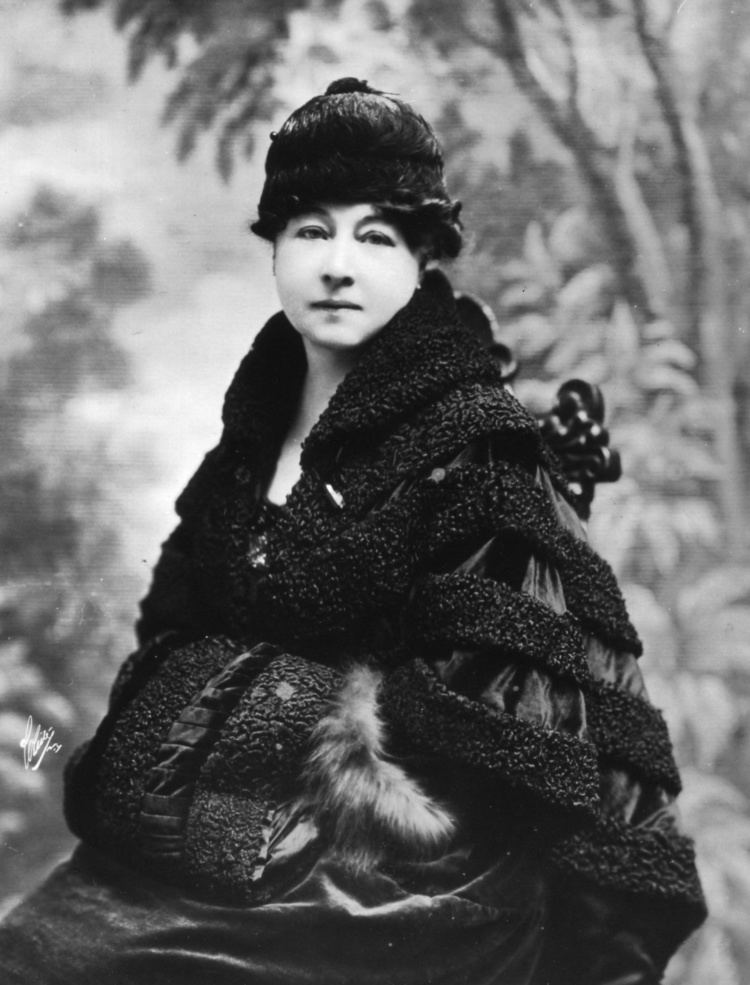
In her autobiography, Alice refers to this plan as her mother's last attempt to make sure "one of her children should be French". Her father returned to Chile soon after her birth and her mother was quick to follow. This left a young Alice entrusted to her elderly grandparents in Carouge, Switzerland until the age of three or four. She then left to join her parents in Chile, where she learned Spanish from the family's indigenous Chilean housekeeper, Conchita.
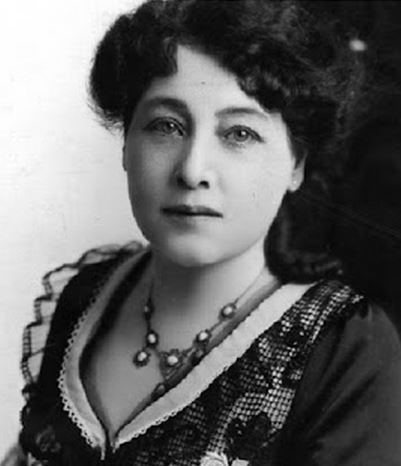
At the age of six Alice was sent back to France to attend school at the Convent of the Sacred Heart on the Swiss border. Her siblings were also sent away as soon as they were old enough to travel. The overall sentiment among French residents at the time was that French Jesuit schooling was the only proper form of education. But her father's chain of bookstores went bankrupt while she was overseas, resulting in her and her second-youngest sister moving to a more affordable school. Soon after this, Alice's eldest brother died at the age of 17. Their father, struck by business woes and old age, died in 1893.
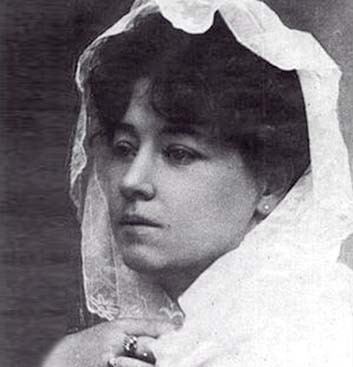
Following her father's death, Guy trained as a typist and stenographer – which was a new field at the time – to support herself and her newly widowed mother. She landed her first job at a varnish factory. A year later, in 1894, she began working with Léon Gaumont at 'Comptoir général de la photographie'. Léon Gaumont would later take over and head the company.
Gaumont, France
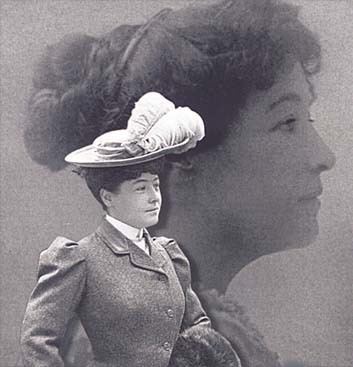
In 1894, Guy was hired by Léon Gaumont to work for a still-photography company as a secretary. The company soon went out of business but Gaumont bought the defunct operation's inventory and began his own company that soon became a major force in the fledgling motion-picture industry in France. She decided to join the new Gaumont Film Company, a decision that led to a pioneering career in filmmaking spanning more than twenty-five years and involving her directing, producing, writing and/or overseeing more than 700 films.
Although she initially began working for Léon Gaumont as his secretary, she was quick to find the advantageous aspects of her job. She began to learn the business by becoming acquainted with myriad clients, relevant marketing strategies, and the company's stock of cameras. She also met a handful of pioneering film engineers such as Georges Demenÿ and Auguste and Louis Lumière.
Guy and Léon Gaumont attended the "surprise" Lumière event on March 22, 1895. It was the first ever demonstration of film projection - an obstacle that Gaumont and the Lumières (as well as Edison) were racing to solve. They screened one of their first films, Workers Leaving the Lumière Factory, that only consisted of a simple scene of workmen leaving the Lumière plant in Lyon. She then realized the true potential of film. Bored with the idea of captured film only being used for the scientific and/or promotional purpose of selling cameras in the form of "demonstration films", she was confident that she could incorporate fictional story-telling elements into film. She asked Léon Gaumont for permission to make her own film on her own time and he granted it. There is scholarly speculation surrounding the dating of her first film because of the speculation surrounding Léon Gaumont's permission.
Joan Simon, writer of The Great Adventure: Alice Guy Blachè, Cinema Pioneer claims she proved herself to Gaumont through her impeccable secretarial skills. Simon discusses another relevant argument: film's unforeseen commercial potential and Gaumont's poor understanding of the true potential of visual narrative fiction led to that "yes" and her prolific career. Guy and her inexperienced enthusiasm may not have as readily been green-lighted if narrative film was fully understood as a profitable enterprise. However, it was her remarkable background in different cultures and languages, along with what Guy would refer to as her "fertile imagination", that truly launched her into film.
Alice Guy's first film, and arguably the world's first narrative film, was called La Fée aux Choux (The Cabbage Fairy) in 1896. It is a humorous story of a woman growing children in a cabbage patch. There is speculation surrounding the actual date of the film and different historians have argued about the dating and the labeling of it as 'the first narrative film' because of its extremely close release to another catalogued Gaumont film and other narrative-esque films from Méliès.
From 1896 to 1906, Guy was Gaumont's head of production and is generally considered to be the first filmmaker to systematically develop narrative filmmaking. She was probably the only female director from 1896 to 1906. Her earliest films share many characteristics and themes with her contemporary competitors, such as the Auguste and Louis Lumière and Méliès. She explored dance and travel films, often combining the two. i.e. a couple of hand-tinted dance films set in Spain, Le Bolero performed by Miss Saharet (1905), and Tango (1905). Many of Guy's early dance films were popular in music-hall attractions such as the serpentine dance films – also a staple of the Lumières and Thomas Edison film catalogs.
In 1906, she made The Life of Christ, a big budget production for the time, which included 300 extras. In addition to this, she was one of the pioneers in the use of audio recordings in conjunction with the images on screen in Gaumont's "Chronophone" system, which used a vertical-cut disc synchronized to the film. An innovator, she employed some of the first 'special effects' including using double exposure, masking techniques, and even running a film backwards.
Solax
In 1907 Alice Guy married Herbert Blaché who was soon appointed the production manager for Gaumont's operations in the United States. After working with her husband for Gaumont in the US, the two struck out on their own in 1910, partnering with George A. Magie in the formation of The Solax Company, the largest pre-Hollywood studio in America.
With production facilities for their new company in Flushing, Queens, New York City, her husband served as production manager as well as cinematographer and Alice Guy-Blaché worked as the artistic director, directing many of its releases. Within two years they had become so successful that they were able to invest more than $100,000 into new and technologically advanced production facilities in Fort Lee, New Jersey, when many early film studios in America's first motion picture industry were based there at the beginning of the 20th century. It was mentioned in publications of the era that Guy-Blaché placed a large sign in her studio that read: 'Be Natural'.
Post-Solax
Alice Guy and her husband divorced several years later, and with the decline of the East Coast film industry in favour of the more hospitable and cost effective climate in Hollywood, their film partnership also ended.
Personal life
Guy-Blaché's marriage meant that she had to resign from her position working with Gaumont. Looking for new beginnings, the couple immigrated to New York where Guy gave birth to her first daughter, Simone, in 1908. Two years after giving birth, Guy became the first woman to run her own studio when she created Solax. During this time, Guy was pregnant with her second child, but it did not stop her from completing at least one to three films a week. To focus on writing and directing, in 1914 Guy made her husband the president of Solax.
There is scholarly speculation that Solax went bankrupt because Herbert Blaché's unhealthy competition with his wife and a need to promote himself over her and her flourishing work. But writer, Alison McMahan, argues otherwise in her essay "Madame Blaché in America," and discusses Herbert's poor stock investments that resulted in the family's financial hardship. Both Herbert and Alice approached the Seligman bankers for aid. Seligman agreed to purchase 51% of the company's shares with the stipulation that Solax turn their protégée, Catherine Calvert, into a star; she would later go on to have an affair with Herbert Blaché.
However, shortly after taking the position Herbert Blaché started his own film company to elude the creative control of the Seligman bankers. For the next few years the couple maintained a personal and business partnership, working together on many projects. The relationship between the two did not last long. In 1918 Herbert Blaché left his wife and children to pursue a career in Hollywood with another one of his actresses.
Following this, Guy directed her last film in 1920, during which she almost died due to the Spanish Influenza. By 1922, Alice and Herbert were officially divorced, prompting her to auction off her film studio while claiming bankruptcy. After losing her studio, she returned to France in 1922 and never made a film again. Following her bankruptcy and divorce, she was unable to continue to make a living making films. Alison McMahan argues that she temporarily isolated herself following the divorce and loss of Solax because of embarrassment. She had been outspoken about her and her husband's relationship as the exemplary model of a business partnership.
In 1927, Guy returned to the United States in an attempt to retrieve some of her old work but was unsuccessful.
Death
Alice Guy-Blaché never remarried, and in 1964 she returned to the United States to stay with one of her daughters. On March 24, 1968 Guy died at the age of 94 while living at a nursing home in New Jersey. She is interred at Maryrest Cemetery.
Memoir
In the late 1940s, Guy-Blaché wrote an autobiography, and in 1976 it was published in French. It was translated into English in 1986 with the help of her daughter Simone and daughter-in-law, Roberta Blaché, and film writer Anthony Slide. In the collected essays, Alice Guy Blaché: Cinema Pioneer, Joan Simon discusses the importance of Alice's personal written recollection in her essay The Great Adventure: Alice Guy Blaché, Cinema Pioneer. The emergence and publication of her personal memoir filled in the blanks for a great deal of her film credits.
Guy-Blaché was tremendously concerned with her unexplained absence from the historical record of the film industry. She was in constant communication with colleagues and film historians correcting previously made and supposedly factual statements about her life. She crafted lengthy lists of her films as she remembered them, with the hope of being able to assume creative ownership and get legitimate credit for them.
Legacy
Guy-Blaché is the first female film maker and is responsible for creating, in 1896, one of, if not the first, narrative films. Guy's career of 24 years of directing, writing and producing films is the longest career of any of the cinema pioneers. From 1896 to 1920, she directed over 1,000 films, some 350 of which survive, and 22 of which are feature-length films.
Guy was one of the first women (along with Lois Weber) to manage and own her own studio, The Solax Company. Few of her films survive in an easily viewable format (primarily those involving Charlie Chaplin), although preservation and recovery efforts are ongoing because of the documentary Be Natural: The Untold Story of Alice Guy-Blaché.
In 2010 the Academy Film Archive preserved Alice Guy-Blaché's short film "The Girl in the Arm-Chair."
In 2004, the only existing historic marker dedicated to Alice Guy-Blaché in the United States was unveiled on the location of her Solax Studio in Fort Lee, New Jersey by the Fort Lee Film Commission. In 2008, the Fort Lee Film Commission of Fort Lee, New Jersey, the home to Solax Studio, created the annual "Alice Award", dedicated to Guy-Blaché.
In 2012, for the centennial of the founding and building of Guy-Blaché's Solax Studio in Fort Lee, the Fort Lee Film Commission raised funds to replace her grave marker in Maryrest Cemetery in Mahwah, New Jersey – the new marker includes the Solax studio logo and indicates her role as a cinema pioneer. The Golden Door Film Festival's "Women in Film-Alice Guy Blache Award" is named in her honor.
Awards
In 1953, Guy was awarded the Légion d'honneur, the highest non-military award France offers. On March 16, 1957, she was honored in a Cinématheque Française ceremony that went unnoticed by the press.
Posthumous tributes
The Fort Lee Film Commission of Fort Lee, New Jersey, has worked with Alice Guy-Blaché biographer Alison McMahan to create one of the only existing historic markers dedicated to the role she played as the first woman film director and studio owner. The marker is located on Lemoine Avenue adjacent to the Fort Lee High School and on the site of Solax Studio. The Fort Lee Film Commission has also planted a marker dedicated to Alice Guy-Blaché's accomplishments at her grave in Mahwah.
She was the subject of a National Film Board of Canada documentary The Lost Garden: The Life and Cinema of Alice Guy-Blaché by director Marquise Lepage, which received Quebec's Gemeaux Award for Best Documentary. In 2002, film scholar Alison McMahan published Alice Guy Blaché: Lost Visionary of the Cinema.
In 2011, an off Broadway production of FLIGHT premiered at the Connelly Theatre, featuring a fictionalized portrayal of Alice Guy-Blaché as a 1913 documentary filmmaker. Also in 2011, the Fort Lee Film Commission successfully lobbied the Directors Guild of America to accept Alice Guy-Blaché as a member.
In its second year (2012) the Golden Door Film Festival in Jersey City inaugurated the Women in Film – Alice Guy-Blaché Award.
In 2013, Alice Guy-Blaché was inducted into the New Jersey Hall of Fame.
In 2013, documentarians Pamela Green and Jarik van Slujis ran a Kickstarter campaign to raise funds for Be Natural: The Untold Story of Alice Guy-Blaché, a documentary on Blaché. The Kickstarter was successful and as of 2014, the documentary is moving forward.
In 2013, Reel Women Media is in post production with Reel Herstory: The REAL Story of Reel Women based on the book by Ally Acker. The film covers the significant contribution of Alice Guy-Blaché.
In 2014, film podcast "Hell Is For Hyphenates" devoted a segment to exploring the career of Alice Guy-Blaché.
